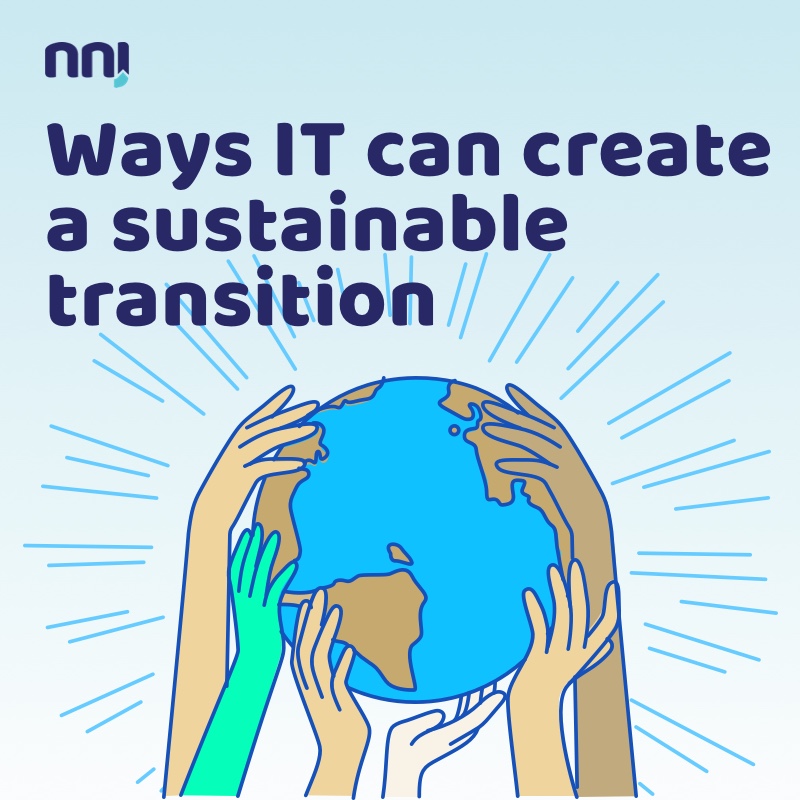
The circular economy holds immense potential for creating a sustainable future, and IT stands at the forefront of enabling this transition. Here are some of the most significant ways it has impacted the world and its future:
Enhancing Supply Chain Efficiency:
One of the key aspects of the circular economy is optimizing material usage across the entire supply chain. IT can play a crucial role in tracking and managing resources, enabling real-time visibility and transparency. By implementing smart technologies like sensors, analytics, and blockchain, businesses can efficiently monitor the flow of materials, reduce losses, and ensure the highest utilization of resources at every stage.
Enabling Product Lifecycle Management:
IT solutions can facilitate effective product lifecycle management, enabling businesses to extend the life of their products through repair, reuse, and recycling. By implementing product tracking systems, RFID tags, and data analytics, companies can better track and manage products from production to disposal. This, in turn, allows for improved resource conservation, reduced waste generation, and increased opportunities for product recovery and remanufacturing.
Promoting Collaborative Consumption:
IT platforms and applications have paved the way for the rise of the sharing economy, enabling the collaborative consumption of resources. Through online marketplaces, sharing platforms, and peer-to-peer networks, consumers can access products and services without the need for ownership, encouraging resource sharing and reducing overall consumption. IT plays a pivotal role in connecting consumers, facilitating transactions, and ensuring the efficient allocation of resources.
Advancing Digitalization:
The digitalisation of processes, whether in manufacturing, logistics, or energy management, is a fundamental aspect of the circular economy. IT enables the integration of various systems, enabling better coordination, automation, and optimisation of operations. By leveraging technologies such as the Internet of Things (IoT), artificial intelligence (AI), and cloud computing, organisations can improve resource efficiency, reduce energy consumption, and minimise waste generation.



